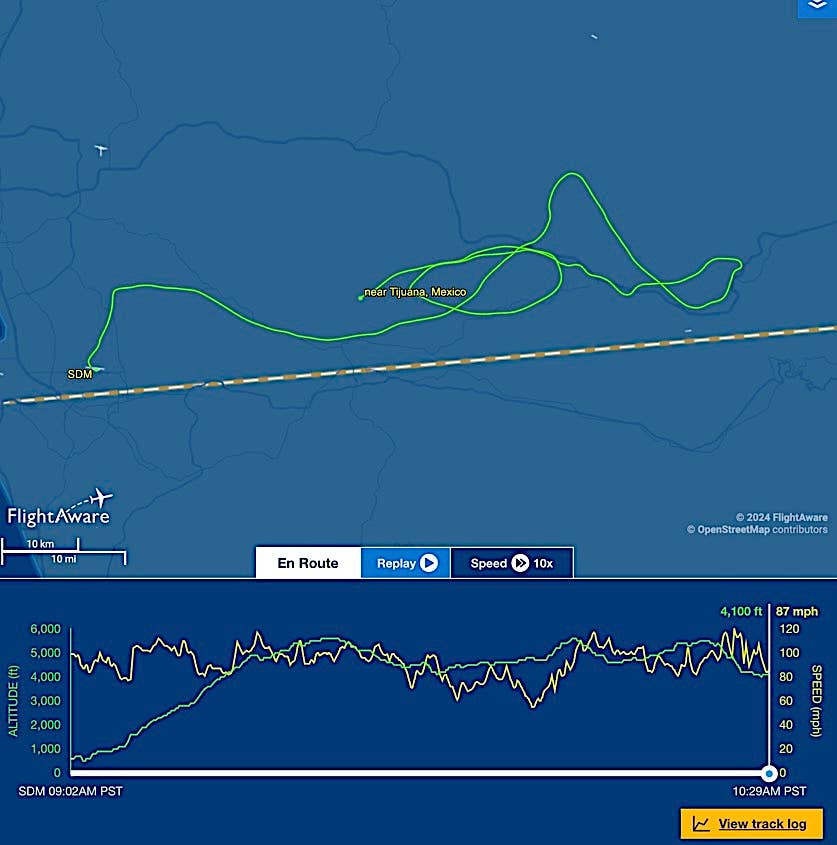Hurricane Irma: Move The Airplane Or Stay Put?
Anyone who says this decision is a no-brainer doesn’t have the first clue.
Every few years, airplane owners in Florida are confronted with the unsolvable conundrum: A hurricane bears down on the state and they have to decide whether to move their airplanes out of harm's way or just button up the hangar and ride it out.
Thirteen years ago, when Hurricane Charley threatened, here's what I thought about moving an airplane to dodge a hurricane. My world view of what a powerful hurricane can do was formed by Hurricane Andrew, which roared into South Florida in 1992. I didn't experience the storm firsthand, but was there shortly after it passed. A vivid memory at Homestead Airport: The chain link fence was peppered with thousands of what looked like paper scraps. But they weren't paper, but bits of shredded aluminum from airplanes. Some still had shards of N-numbers and sundered fittings. It left an impression.
So when my turn came with Hurricane Charley in 2004, I moved our then-Mooney 231 to Georgia, smack into the path of another tropical storm. The airplane was hangared, so no damage was done, but the decision illustrates the danger of moving airplanes out of Florida to avoid a storm. It's a little easier in Texas or the coastal Carolinas because the directional choices are better defined. I moved the airplane twice more that season, once to New Jersey and once to Pennsylvania, combining the move with business trips.
So what would I do today? The Cub makes the choice a no-brainer. It's too slow and too lacking in capability to move anywhere and, not to be too harsh, it just doesn't have the hull value to justify the effort. If I owned a $150,000 airframe, I might feel differently, but I'm not so sure. If you've never done it, preparing for a big storm is among the most stressful things of routine life. First, you have to think about physical survival, then property protection—housing, mainly—then everything else.
For me, the airplane is everything else. It's far down the list of things I'm worrying about as it I get storm shutters up, check food and water supplies and get the generator ready to rock. If there's any time left after all that's squared away, I'd think about the airplane if it could do 140 knots and there was room for the dog.
If you're pre-thinking this decision, I think what it distills to is this: The insurance company will pay for your loss, but most of us have more tied up in an airplane than just money. There's some emotional investment, too, especially if you did a custom upgrade or refurb work. If the airframe is destroyed, you'll face the prospect of replacing it and repeating all the work you did on it in the first place. That may not be particularly appealing. It wasn't to me, which is why I was willing to relocate the airplane and drive back to Florida (once) to weather the storm. The investment in time and money was worth it to avoid the work and nuisance of replacing the airplane if it were lost in the storm.
A decade hence, I have learned another lesson: A decision like this is intensely personal. I can no more advise you of what to do than I could suggest what you have for breakfast tomorrow. The decision to evacuate Florida in the face of these strong storms is similarly personal and driven by complex variables that are different for everyone. Just in the past 24 hours, I've had people tell me to get out; it's a no brainer. While others have said they would stay. I appreciate the counsel, but everyone has to make the decision for themselves and live with the consequences.





